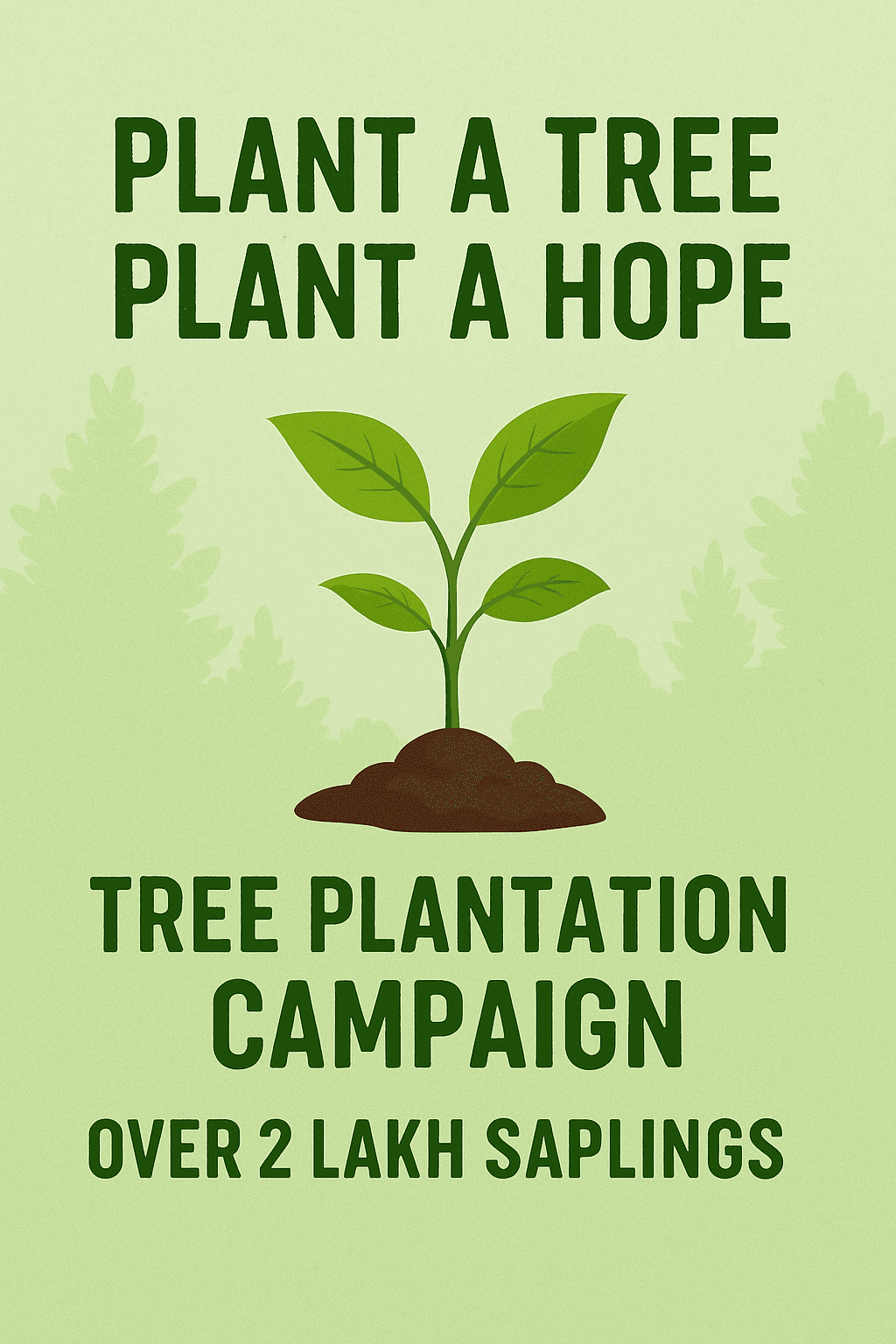
By Focus Global News
“Not just buildings and roads — Greater Noida is now growing forests.”
In a refreshing move towards sustainable development and eco-restoration, Greater Noida is all set to plant over 2 lakh saplings this monsoon season.
Yes, you read that right.
200,000+ new trees will soon take root across parks, highways, community spaces, and residential zones — aiming to bring life back to the soil, shade to the sun-scorched streets, and clean air to the growing city.
Let’s dig deeper (pun intended!) into why this is a big deal — and how it could transform life in Greater Noida.
🌦️ Why Monsoon? Because It’s the Best Time to Plant
The monsoon season offers the perfect conditions for planting trees:
- The soil is moist and rich
- Saplings get regular natural watering
- The roots have time to settle before harsh weather returns
By planting in monsoon, the Greater Noida Authority is giving these trees the best shot at survival and growth.
🌱 The Green Plan: What’s Being Planted, and Where?
According to senior officials from the Greater Noida Industrial Development Authority (GNIDA):
- The goal is to plant 2 lakh+ saplings between July and September
- Focus areas include:
- Public parks and green belts
- Roadside stretches along highways
- Schools and institutional campuses
- Residential sectors and villages
- Industrial zones
The project isn’t just about planting trees — it’s about planting the right trees.
🌳 Native Species First:
- Neem
- Peepal
- Banyan
- Jamun
- Gulmohar
- Amaltas
- Arjun
These are indigenous trees — naturally suited to the local climate, requiring less maintenance and offering maximum benefits like shade, oxygen, and biodiversity.
💪 Community Participation: Everyone’s Invited
What makes this initiative even more beautiful is the involvement of citizens.
Greater Noida Authority has invited:
- School students
- Housing society residents
- RWAs (Resident Welfare Associations)
- Local NGOs
- Corporate volunteers
- Village panchayats
People will not only help plant trees, but also “adopt” saplings — meaning they’ll take care of them, water them, and ensure their growth.
🫁 Why This Matters: Pollution, Heat & Climate Stress
Greater Noida has seen rapid urbanization in recent years — but with that came:
- Rising air pollution
- Loss of green cover
- Heatwaves and dust storms
- Worsening air quality (AQI 200–300+)
This afforestation drive is not just symbolic — it’s a necessity.
✅ Benefits of Planting 2 Lakh Trees:
- Each tree can absorb 20–25 kg of CO₂ per year
- Reduces ground temperature by 2–3°C
- Prevents soil erosion
- Improves biodiversity
- Makes cities more livable
This initiative alone can help absorb 4,000+ tonnes of CO₂ annually, once the trees mature.
📸 Monitoring: Tech + Transparency
To make sure this isn’t just another forgotten scheme, the Authority is using:
- Geo-tagging of saplings
- Real-time plantation mapping
- Regular survival rate audits
- Updates via official social media handles
Every sapling will be accounted for — from pit digging to plantation and post-care.
🌏 Greater Noida Sets an Example
While many cities are expanding with concrete and traffic, Greater Noida is quietly becoming a model of balanced urban growth — combining infrastructure with nature.
This move is expected to inspire neighboring cities like Noida, Ghaziabad, and even Delhi NCR to follow suit with larger afforestation campaigns.
📣 Final Thoughts: Let’s Root for a Greener Future
Planting trees may seem like a simple act — but it’s one of the most powerful things we can do to fight pollution, climate change, and urban chaos.
So the next time you drive down a leafy road in Greater Noida, remember — someone planted that tree years ago, so you could breathe easy today.
Now it’s our turn.
📢 Reported by Focus Global News
For the stories that grow roots and reach hearts.
🗣️ What You Can Do:
- Join a local tree plantation drive this monsoon.
- Adopt a sapling in your neighborhood.
- Encourage schools and RWAs to participate.
- Share this story and spread awareness!





